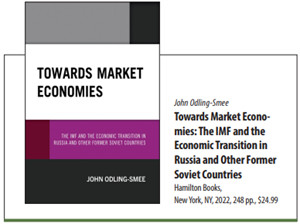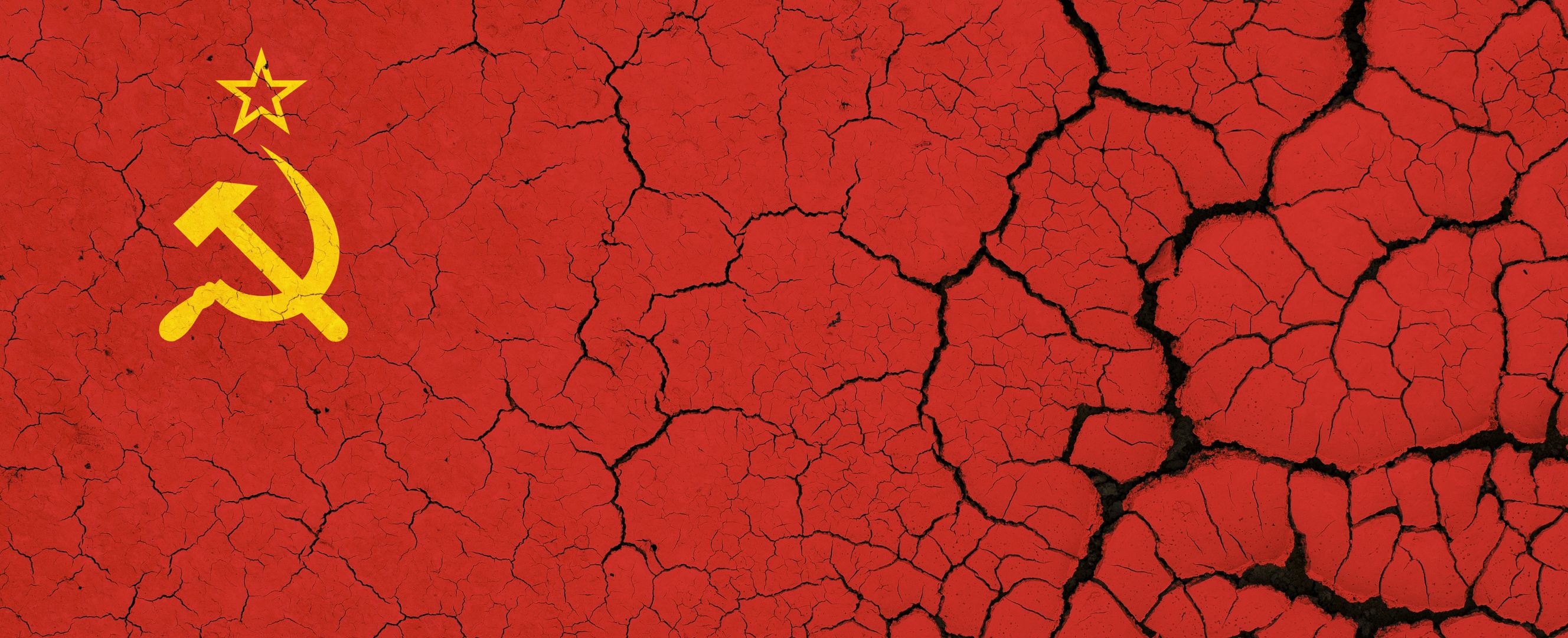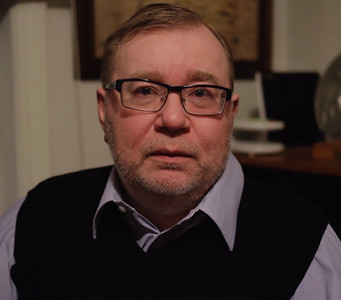John Odling-Smee’s book describes the transformation of planned economies after the 1991 breakup of the Soviet Union.

Odling-Smee and other members of the IMF team went to the Soviet Union in 1991 to help the country avoid economic collapse. This was, of course, “mission impossible.” Little was known about the Soviet Union outside the USSR—only falsified statistics and other lies. The author vividly describes the horror of the initial situation and the chaos that followed the disintegration of the Soviet Union. Some accused the IMF of destroying the Soviet economy—on the brink of collapse by the time the Fund was called in.
I had the privilege of cooperating with the IMF when I was prime minister of Estonia from 1992 to 1994 and can only agree with the author when he writes, “The faster reforms are implemented, the sooner the economy will recover. By delaying difficult reforms, you are just prolonging the agony and pain of people.” Odling-Smee offers several explanations for the success of the Baltic countries. I can add only two small remarks: first, they broke away completely from their Communist past; second, the Soviet economy collapsed as a result of the collapse of the Soviet system, not because of reforms.
The style of the book is calm and reasoned. The author does not defend the IMF or himself, but does suggest what might have been done differently—maybe not by the IMF, but by the countries in transition. He shows how deep political weakness—above all, corruption and cronyism—prevented the growth of real market economies.
This book was written before Russia invaded Ukraine in February 2022 and so does not cover this tragedy, but it describes its roots very well. The failure of reforms led to corruption, cronyism, and oligarchy—which led to Putin and war. It is useless to point fingers when asking, “Who lost Russia?” Russia lost itself, and only Russia can raise itself up.
Opinions expressed in articles and other materials are those of the authors; they do not necessarily reflect IMF policy.









